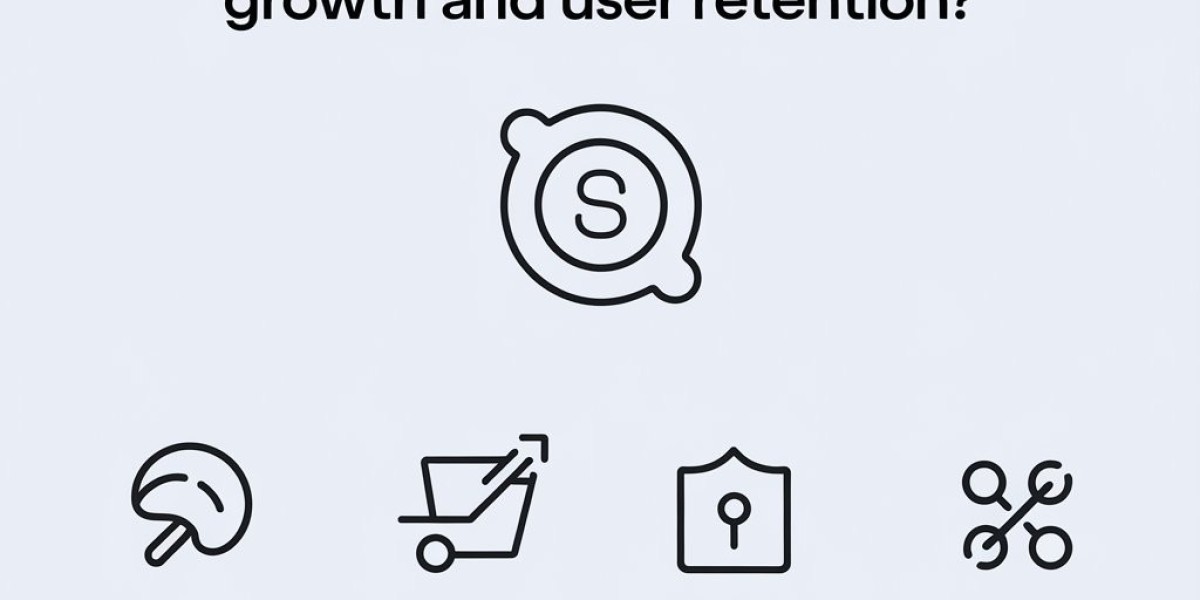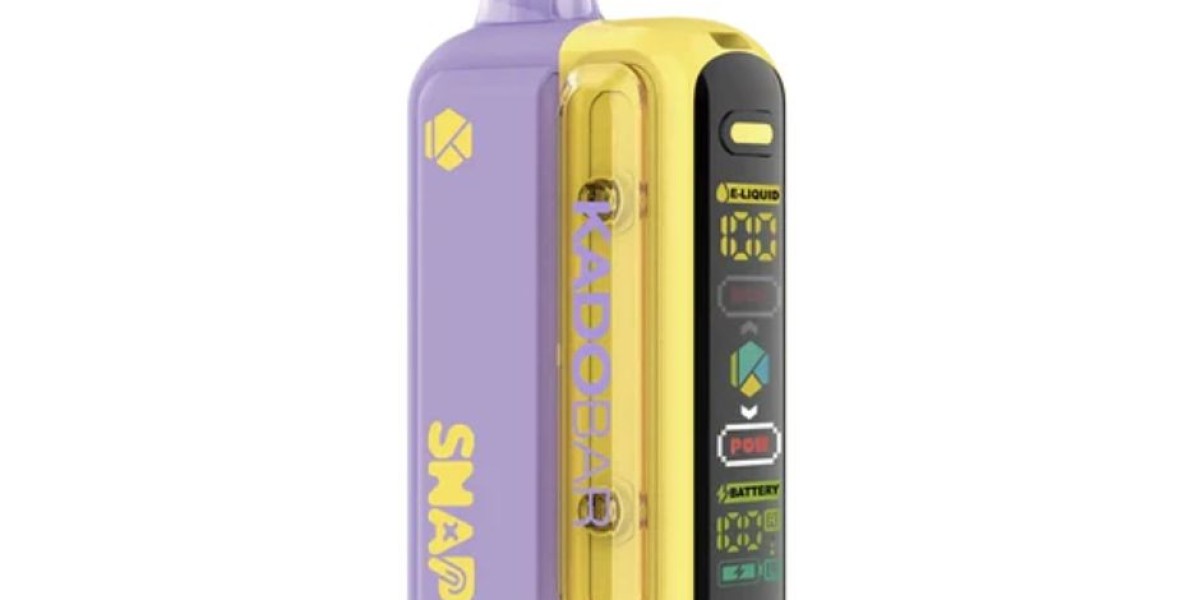In the complex field of neurology, accurate diagnosis is crucial for effective treatment and patient care. However, diagnostic errors can occur due to various factors, including the intricate nature of neurological conditions, human error, and limitations in traditional diagnostic methods. Fortunately, advancements in technology, particularly neurology software, are playing a significant role in reducing these errors. This article explores how neurology software can enhance diagnostic accuracy and improve patient outcomes.
Understanding Diagnostic Errors in Neurology
Diagnostic errors in neurology software can arise from several sources:
Complexity of Conditions: Neurological disorders often present with overlapping symptoms, making it challenging for healthcare providers to arrive at a definitive diagnosis. Conditions like multiple sclerosis, Parkinson’s disease, and Alzheimer’s disease can exhibit similar signs, complicating the diagnostic process.
Human Factors: Fatigue, cognitive overload, and miscommunication among healthcare professionals can contribute to diagnostic mistakes. In high-pressure environments, the risk of overlooking critical information increases.
Limitations of Traditional Methods: Conventional diagnostic methods may not always provide comprehensive insights into a patient’s condition, leading to incomplete or inaccurate assessments. For instance, relying solely on clinical evaluations without supporting data can result in misdiagnosis.
Given these challenges, the integration of neurology software into clinical practice can provide valuable support in minimizing diagnostic errors.
Key Features of Neurology Software That Help Reduce Errors
1. Enhanced Data Management
One of the primary benefits of neurology software is its ability to manage and organize patient data effectively. This includes:
Comprehensive Patient Records: Neurology software allows for the creation and maintenance of detailed electronic health records (EHRs) that include medical history, symptoms, diagnostic tests, and treatment plans. Having all relevant information in one place reduces the risk of overlooking critical data.
Integration with Diagnostic Tools: Many neurology software solutions can integrate with diagnostic equipment, such as MRI and EEG machines. This integration ensures that test results are automatically uploaded to the patient’s record, minimizing the chances of data entry errors.
2. Clinical Decision Support Systems (CDSS)
Clinical decision support systems are a vital component of modern neurology software. These systems provide healthcare providers with evidence-based recommendations and alerts based on patient data.
Guidelines and Protocols: CDSS can offer guidelines for diagnosing specific neurological conditions, helping clinicians make informed decisions. For example, if a patient presents with certain symptoms, the software can suggest relevant diagnostic tests or potential diagnoses.
Alerts for Red Flags: Neurology software can be programmed to alert providers to potential red flags in patient data, such as abnormal test results or conflicting information. This proactive approach can prompt further investigation and reduce the likelihood of misdiagnosis.
3. Improved Communication and Collaboration
Effective communication among healthcare providers is essential for accurate diagnosis. Neurology software can facilitate better collaboration through:
Secure Messaging: Many software solutions include secure messaging features that allow healthcare providers to communicate directly with one another. This can be particularly useful for discussing complex cases or seeking second opinions.
Interdisciplinary Collaboration: Neurology often involves collaboration among various specialists. Neurology software can enable seamless sharing of patient information among neurologists, primary care physicians, and other specialists, ensuring that everyone involved in a patient’s care is on the same page.
4. Data Analytics and Reporting
Data analytics capabilities in neurology software can help identify patterns and trends that may not be immediately apparent through traditional methods.
Identifying Diagnostic Trends: By analyzing large datasets, neurology software can help identify common diagnostic errors or misdiagnoses within a practice. This information can be used to improve training and protocols, ultimately reducing errors.
Outcome Tracking: Neurology software can track patient outcomes over time, allowing providers to assess the effectiveness of their diagnoses and treatments. If certain diagnoses consistently lead to poor outcomes, it may prompt a reevaluation of diagnostic criteria or practices.
5. Telemedicine Integration
The rise of telemedicine has transformed how healthcare is delivered, especially in neurology. Neurology software that incorporates telemedicine features can enhance diagnostic accuracy by:
Remote Consultations: Telemedicine allows neurologists to conduct remote consultations with patients, which can be particularly beneficial for those in rural or underserved areas. This increased access to specialists can lead to more accurate diagnoses.
Real-Time Monitoring: Some neurology software solutions enable remote monitoring of patients’ conditions, allowing providers to gather real-time data and make timely adjustments to treatment plans.
The Role of Neuromatch in Reducing Diagnostic Errors
Neuromatch is an innovative platform that connects researchers, clinicians, and patients in the field of neurology. By facilitating collaboration and knowledge sharing, neuromatch plays a significant role in enhancing diagnostic accuracy.
Research Collaboration: Neuromatch allows researchers to collaborate on studies related to neurological conditions, leading to a better understanding of these disorders and improved diagnostic criteria.
Patient Engagement: By connecting patients with researchers and clinicians, neuromatch fosters a more engaged patient population. Patients who are actively involved in their care are more likely to provide accurate information, which can aid in diagnosis.
Benefits of Using Neurology Software
The integration of neurology software into clinical practice offers numerous benefits that contribute to reducing diagnostic errors:
Improved Patient Safety: By minimizing diagnostic errors, neurology software enhances patient safety and ensures that individuals receive appropriate and timely care.
Increased Efficiency: Streamlined workflows and improved communication reduce the time spent on administrative tasks, allowing healthcare providers to focus more on patient care.
Enhanced Professional Development: Access to data analytics and reporting can help healthcare providers identify areas for improvement in their diagnostic practices, leading to ongoing professional development.
Conclusion
Reducing diagnostic errors in neurology is essential for improving patient outcomes and ensuring effective treatment. Neurology software offers a range of features that enhance data management, provide clinical decision support, improve communication, and facilitate collaboration among healthcare providers. By leveraging these tools, neurologists can make more informed decisions, ultimately leading to more accurate diagnoses.
As the field of neurotechnology continues to evolve, platforms like neuromatch will play an increasingly important role in connecting professionals and advancing research. By embracing these innovations, healthcare providers can enhance their diagnostic capabilities and provide better care for their patients.
What People Also Ask
What is neurology software?
Neurology software refers to specialized applications designed to assist healthcare providers in managing patient data, enhancing diagnostic accuracy, and streamlining clinical workflows in the field of neurology.
How can neurology software reduce diagnostic errors?
Neurology software can reduce diagnostic errors by improving data management, providing clinical decision support, enhancing communication among healthcare providers, and utilizing data analytics to identify trends and patterns.
What are clinical decision support systems (CDSS)?
Clinical decision support systems are tools integrated into healthcare software that provide evidence-based recommendations and alerts to healthcare providers based on patient data, helping them make informed decisions.
How does telemedicine impact neurology diagnostics?
Telemedicine allows neurologists to conduct remote consultations, improving access to care for patients and enabling real-time monitoring of conditions, which can enhance diagnostic accuracy.
What is neuromatch?
Neuromatch is a platform that connects researchers, clinicians, and patients in the field of neurology, facilitating collaboration and knowledge sharing to improve understanding and treatment of neurological conditions.









